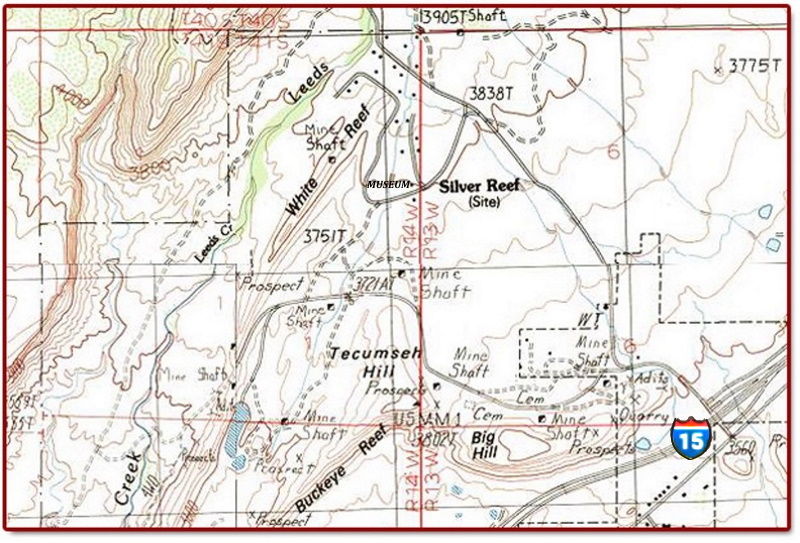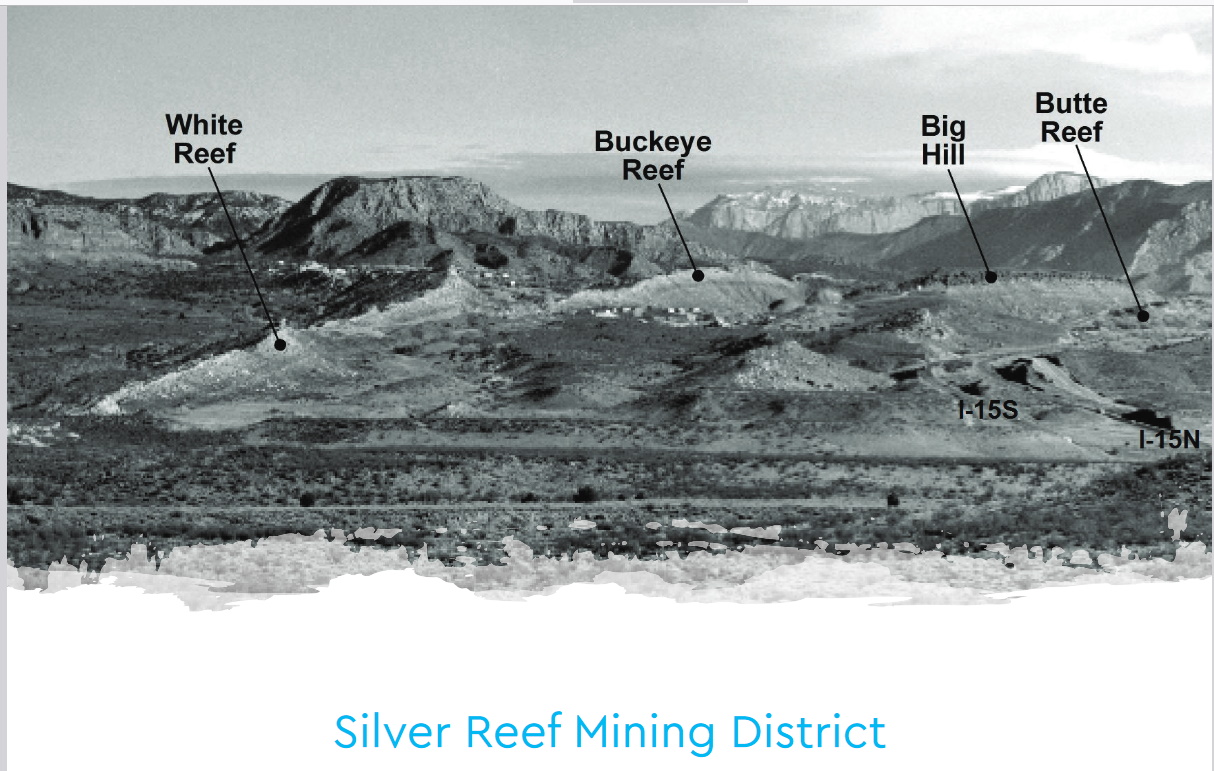Post by 1dave on Dec 12, 2023 14:04:36 GMT -5
Soap Stone

Soapstone, also known as steatite or soaprock, is a talc-schist, which is a type of metamorphic rock. It is composed largely of the magnesium rich mineral talc. It is 1 on the Mohs hardness scale, and therefore easy to carve. If pressed from Pure limestone it is white Marble, various contaminates can change it to many different colors. It Makes a great carving stone
It holds heat well, and was used in the past as a bed or foot warmer. Soapstone is often used as an insulator for housing and electrical components, due to its durability and electrical characteristics and because it can be pressed into complex shapes before firing. Soapstone undergoes transformations when heated to temperatures of 1,000–1,200 °C (1,830–2,190 °F) into enstatite and cristobalite; on the Mohs scale, this corresponds to an increase in hardness to 5.5–6.5.[5] The resulting material, harder than glass, is sometimes called "lava"
In 1875 William Barbee began studying the Geology of Silver Reef in Southern Utah. He and his friends realized they were in some kind of alternate world. Metamorphic rocks everywhere, Sandstone on top of granite was found all over the world, but granite on top of sandstone? In a tops y turvy place like this, silver could be in sandstone. Silver could even be in petrified wood!
After six months of deep study of the area, his second report was written on the 13th of December
1875 and printed in the Tribune on page 4 of December the 19th, 1875.
"this great basin has been THE BED OF A GREAT INLAND OCEAN,
And at some time there was a great upheaval from volcanic disturbances which threw these
sandstone reefs in their present shape; and in this upheaval, fissures were formed connecting
with the ore sources in the depths of the earth, the sandstone and wood being porous, received
and retained the gaseous emanations escaping through these fissures ~ thence the anomaly of
rich silver ore in sandstone and petrified wood.
The line of upheaval is about three miles east of the Pride of the West Reef (an account of which
I gave your readers last August).
The Pride of the West Reef pitches to the west, and is made up as follows:
1st. A layer of sandstone about fifteen feet thick, then a thin layer of soapstone, mineral
stained, mixed up with petrified wood: then for 15 or 20 feet alternate layers of sand and soapstone.
2nd. Then come about 30 feet of almost solid soapstone stained with copper.
3rd. Just below this layer of red stone some 36 or 40 feet thick and under it comes soapstone
again.
Just east of the line of upheaval is a similar reef pitching to the east and running parallel with
the Pride of the West Reef. It carries similar ores to that mine.
These reefs can to be traced for 30 or 40 miles, and carry more ore minerals.
Copper seems to proliferate as you go south. I assayed some of the ore from the east camp and
it created quite a stampede. I went over to get a slice and to see what the boys had, and I found
one hundred Saints and sinners, more or less, all building monuments, embryo millionaires (in
imagination). I estimate they located from five to ten miles of sandstone.
Some couldn’t find room to locate on the mineral bearing reef, so they located on the adjacent
reefs which are non-mineral bearing.
















